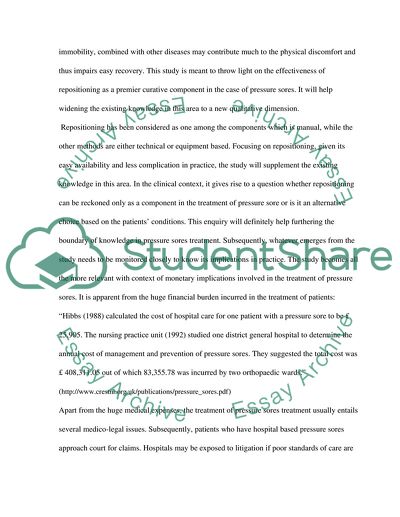Cite this document
(“How Effective Repositioning is in the Prevention and Treatment of Essay”, n.d.)
Retrieved from https://studentshare.org/social-science/1538378-how-effective-repositioning-is-in-the-prevention-and-treatment-of-pressure-sores-in-itu
Retrieved from https://studentshare.org/social-science/1538378-how-effective-repositioning-is-in-the-prevention-and-treatment-of-pressure-sores-in-itu
(How Effective Repositioning Is in the Prevention and Treatment of Essay)
https://studentshare.org/social-science/1538378-how-effective-repositioning-is-in-the-prevention-and-treatment-of-pressure-sores-in-itu.
https://studentshare.org/social-science/1538378-how-effective-repositioning-is-in-the-prevention-and-treatment-of-pressure-sores-in-itu.
“How Effective Repositioning Is in the Prevention and Treatment of Essay”, n.d. https://studentshare.org/social-science/1538378-how-effective-repositioning-is-in-the-prevention-and-treatment-of-pressure-sores-in-itu.


